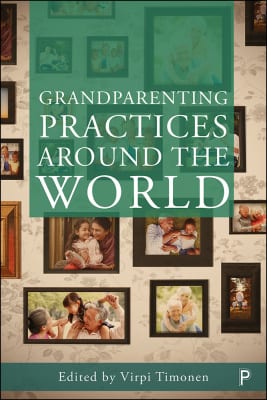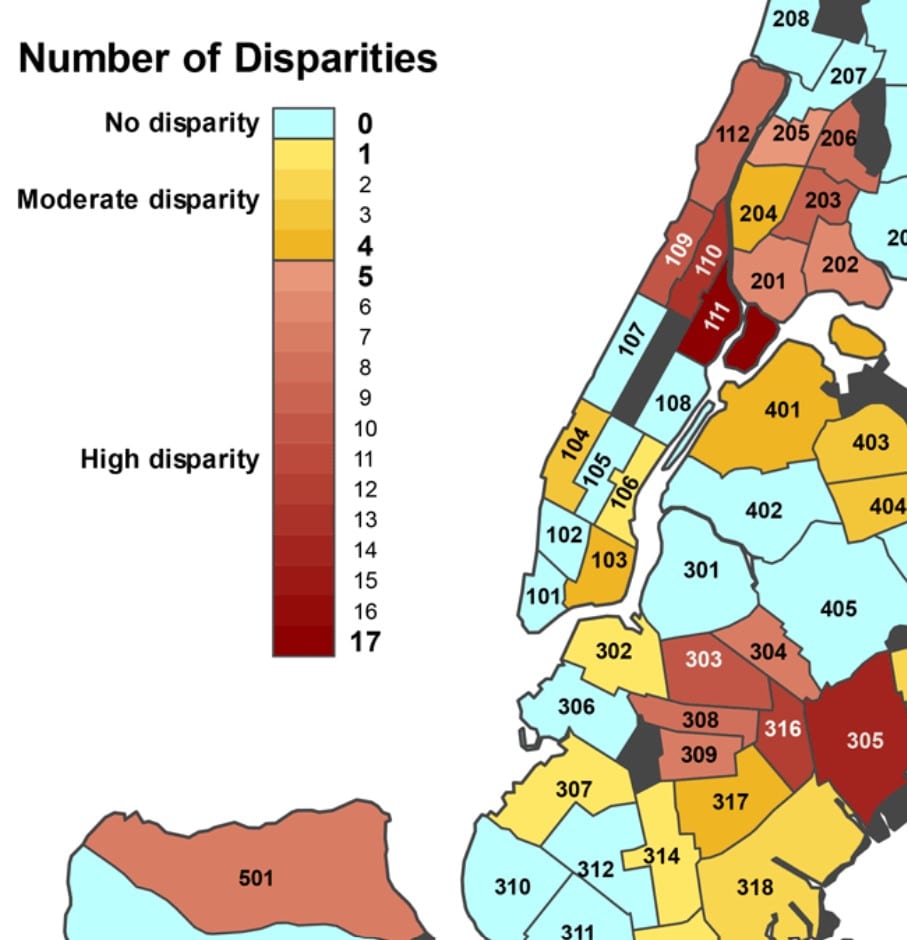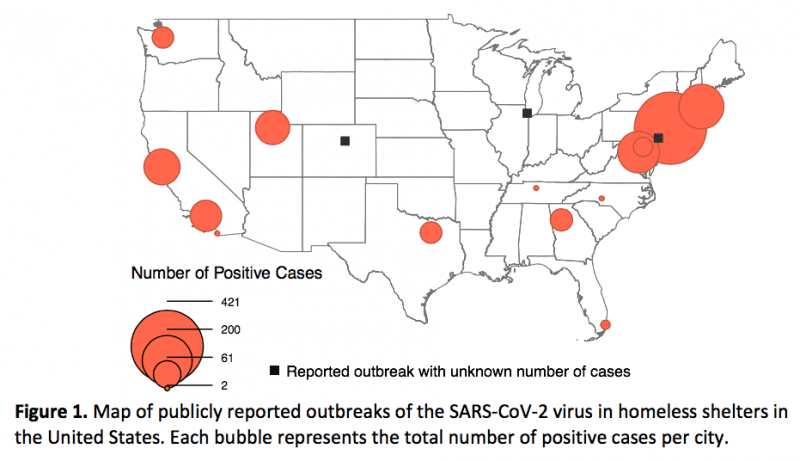
Archive for 2020
Comparing Longitudinal Sarcopenia Trends by Definitions Across Men and Women After Hip Fracture
‘When I smoked it, it was like a slap in the face but it felt really good: exploring determinants of midwakh use among young adults in Lebanon
Reintegrating After Return: Conceptualisation and Empirical Evidence from the Life Course of Senegalese and Congolese Migrants
One step ahead? The use of foresight by Czech and Slovak non-governmental organizations
Grandparenting Practices Around the World

The declining place of music education in schools in England
Digital exclusion and care leavers: It’s time for social work to join this fight
Myanmar: UN Supports Government to Safeguard Prison Population Amidst COVID-19 Outbreak in Country [EN/MY]
Emotional Encounters and Young Feminine Choreographies in the Helsinki Metro
Predictors of positive and negative post‐traumatic psychological outcomes in a sample of Iranian cancer survivors
Introduction to the Special Issue on implementing Post‐Conviction Risk Assessment
Mindful Parenting Programs in Non-clinical Contexts: A Qualitative Review of Child Outcomes and Programs, and Recommendations for Future Research
Behavioral Pharmacology of Cannabis and Nicotine
Do Responsible Fatherhood Programs Work? A Comprehensive Meta‐Analytic Study
Communication for people with sensory loss during the COVID-19 pandemic
Social Worker Spotlight – Rosie Solinas
https://www.youtube.com/watch?v=-ueGOlNEvyM
Women’s greater late-life depression: Traumatic experiences or GxE?
Addressing violence against teachers: A social‐ecological analysis of teachers’ perspectives
“Donorship” and strategic policy‐making: Germany’s Middle Eastern and North African aid programme since the Arab uprisings
Psychology and politics: Intersections of sciences and ideology in the history of Psy‐Sciences

Factors influencing self-concept among adolescents infected with HIV: a cross-sectional survey in China
Internalized stigma among patients with mood disorders in Ethiopia: a cross-sectional facility-based study
USMCA 2.0: a few improvements but far from a ‘healthy’ trade treaty
Simple ideas to mitigate the impacts of the COVID-19 epidemic on refugees with chronic diseases
Knowledge and attitude of reproductive age group (15–49) women towards Ethiopian current abortion law and associated factors in Bahir Dar city, Ethiopia
Stability versus Fluidity of Adolescent Romantic and Sexual Attraction and the Role of Religiosity: A Longitudinal Assessment in Two Independent Samples of Croatian Adolescents
Experimental Phenomenology and the Need for Psychology to Reconnect with its Philosophical Origins
Adolescents’ Well-Being with Respect to the Patterns of Disclosure to and Secrecy from Parents and the Best Friend: A Person-Centered Examination
Prematurity and Maladaptive Mealtime Dynamics: the Roles of Maternal Emotional Distress, Eating-Related Cognitions, and Mind-Mindedness
Perceived Injustice Mediates the Relationship Between Perceived Childhood Neglect and Current Function in Patients with Chronic Pain: A Preliminary Pilot Study
Acknowledging and Addressing Allostatic Load in Pregnancy Care
Validity and reliability of Evidence‐Based Practice Leadership Scale and Evidence‐Based Work Environment Scale in Turkish
Increasing Federal Medicaid Matching Rates to Provide Fiscal Relief to States During the COVID-19 Pandemic
What is CASCW? Interview with Co-founder: Jean Quam

Relationship between executive dysfunction and neuropsychiatric symptoms and impaired instrumental activities of daily living among patients with very mild Alzheimer’s disease
The impact of gossip valence on children’s attitudes towards gossipers
Impact of STEADI‐Rx: A Community Pharmacy‐Based Fall Prevention Intervention
Trajectories of peer victimization in elementary school children: Associations with changes in internalizing, externalizing, social competence, and school climate
Walking with the illness and life: Experience of the community life of people previously under the services of an integrated community mental health service
Identifying New York City Neighborhoods at Risk of Being Overlooked for Interventions

To identify neighborhoods at risk of being overlooked, we first compared the prevalence estimates and 95% confidence intervals (CIs) of each community district on 20 different health outcomes against the mean for the borough in which the community district belongs.
Greater resources required to protect people experiencing homelessness from COVID-19
